15 Military-Issued Knives With Incredible Histories
Military-issued knives have carried stories of survival, loyalty, and history through the years. From battlefields to training grounds, these blades served purposes far beyond their sharp edges. They became symbols of resilience and courage for the soldiers who carried them. With each knife, there is a tale worth exploring and remembering.
This post may contain affiliate links, which helps keep this content free. Please read our disclosure for more info.
KA-BAR USMC Fighting Knife
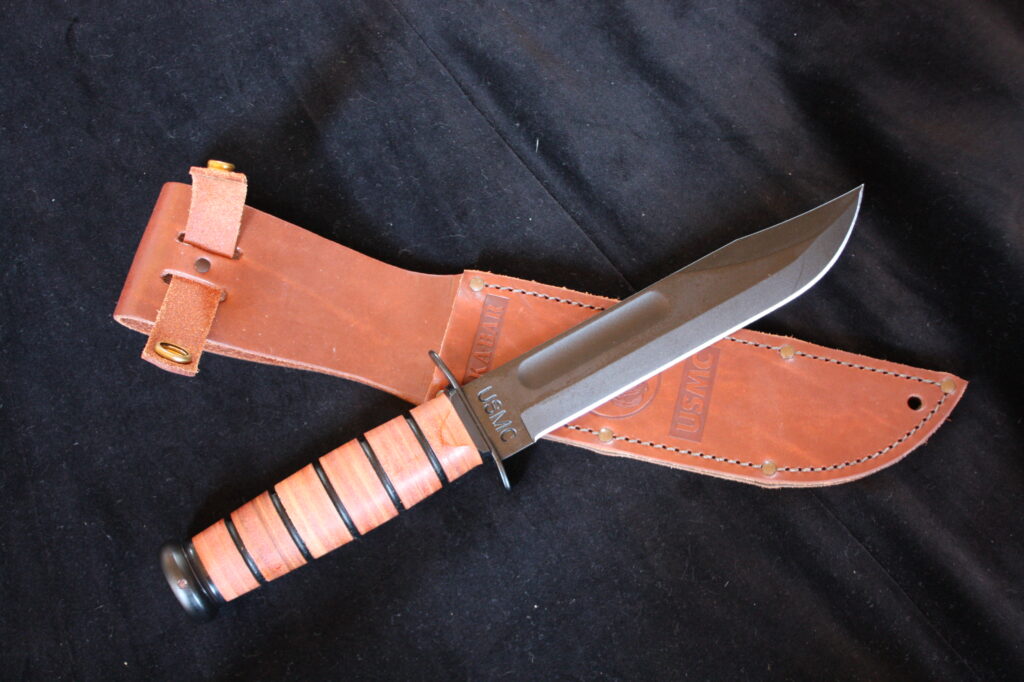
The KA-BAR is perhaps the most recognizable knife ever issued to the United States Marine Corps during World War II. First produced in 1942, it was valued for its sturdy 7-inch blade and ability to function as both a weapon and utility tool. Marines carried it through the Pacific, where it became a symbol of loyalty and toughness. Collectors today often look for original WWII-marked KA-BARs, which can fetch between $300 and $600 depending on condition. Reproductions are still produced for modern service and civilian use.
Its history is tied directly to the Marines who stormed beaches and fought in some of the hardest battles of the war. The knife became so reliable that the name KA-BAR itself became a general term for any similar combat knife. Stories from veterans describe it being used for everything from opening crates to hand-to-hand combat. Original knives with sheath and engravings are considered highly prized military artifacts. The legacy of the KA-BAR continues with updated versions used in modern deployments.
Fairbairn-Sykes Fighting Knife
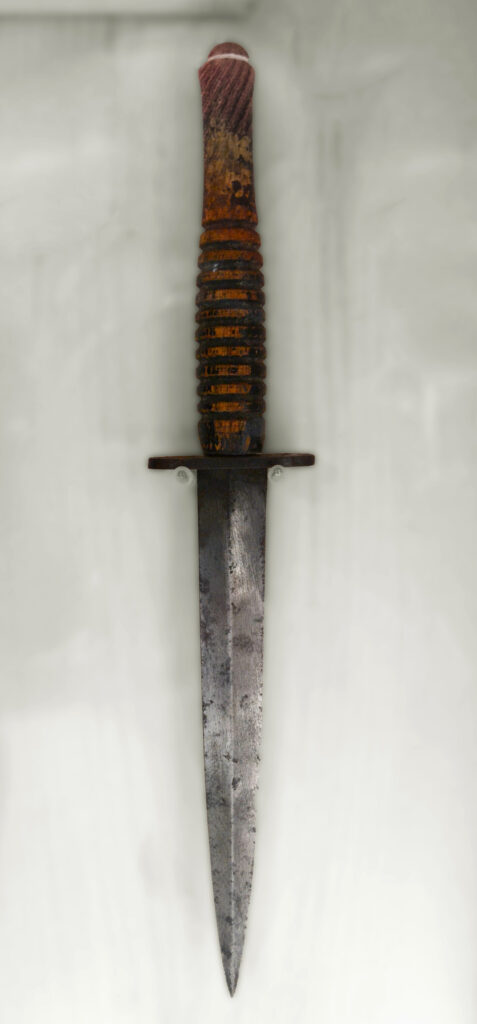
The Fairbairn-Sykes dagger was issued to British Commandos and Special Forces during World War II. Designed in 1941 by William Fairbairn and Eric Sykes, the double-edged blade was created specifically for silent combat. It quickly became a symbol of elite units such as the SAS. Authentic wartime examples sell for $800 to $1,200 depending on markings and rarity. Modern versions are still produced for ceremonial and limited practical use.
Its incredible history lies in its association with covert missions behind enemy lines. British agents carried it during sabotage operations in occupied Europe. The slim design made it easy to conceal, which suited espionage and surprise attacks. Veterans often described the knife as a badge of honor among those selected for special missions. Today, collectors value it as much for its symbolic power as for its elegant design.
M3 Trench Knife
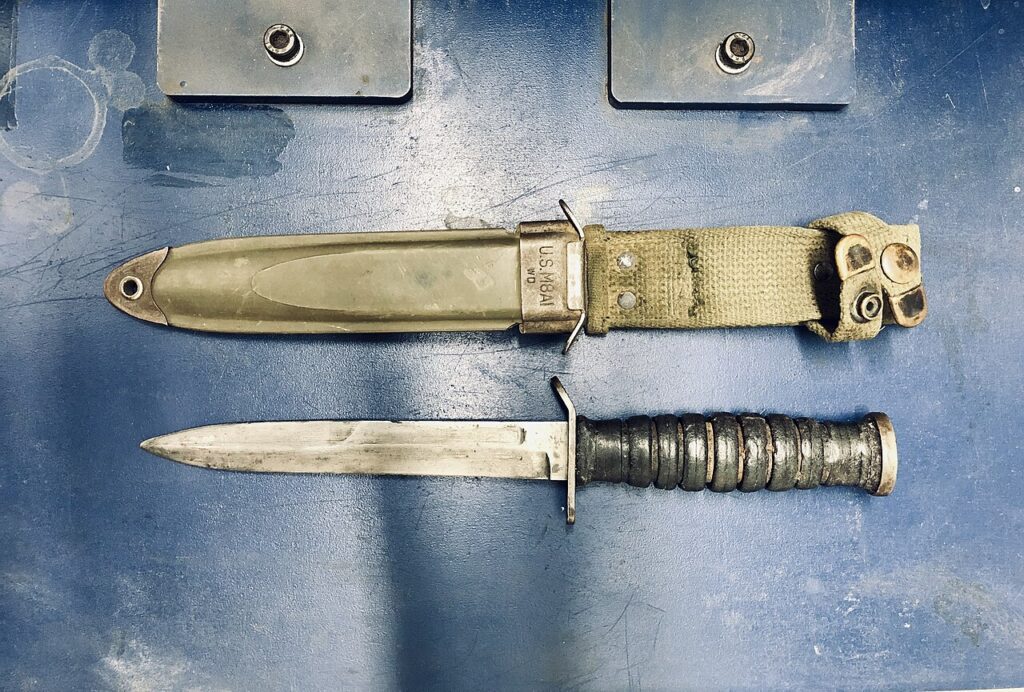
The M3 Trench Knife was issued to American soldiers in 1943, during World War II, for close-quarters combat. It featured a 6.75-inch double-edged blade with a leather-wrapped handle. Soldiers in Europe carried it into battles across France and Germany. Original M3 knives today can sell for $300 to $700, with certain manufacturers commanding higher prices. Reproductions are widely available but lack the historical weight of the originals.
The knife’s history is closely tied to airborne troops and infantry who relied on it in dangerous situations. Many knives saw heavy use, which makes finding them in excellent condition more difficult. It was also paired with the M8 scabbard, which became a collectible item itself. The design influenced later combat knives used in Korea and Vietnam. Collectors treasure its rugged build and wartime connection.
US Navy Mark 2 Fighting Knife
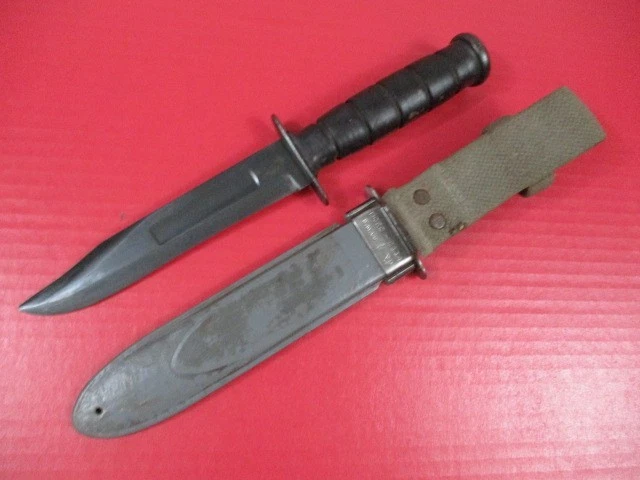
The US Navy Mark 2 was introduced in 1942 and served sailors, Marines, and other naval personnel during the war. Built with a 7-inch clip-point blade, it was versatile for combat and utility tasks aboard ships. Its production was widespread, with companies like Camillus, KA-BAR, and PAL manufacturing them. Original Navy-issued examples are valued at $250 to $500 today. The knife is still honored as a classic piece of American military history.
Its story is deeply tied to sailors who fought in the Pacific theater. Many veterans credited it with saving their lives in both combat and survival situations at sea. Engraved examples or those with personalized markings often hold even greater collector value. The Navy Mark 2 remains one of the most iconic knives of its generation. Its influence can be seen in the knives that followed in later wars.
Applegate-Fairbairn Fighting Knife
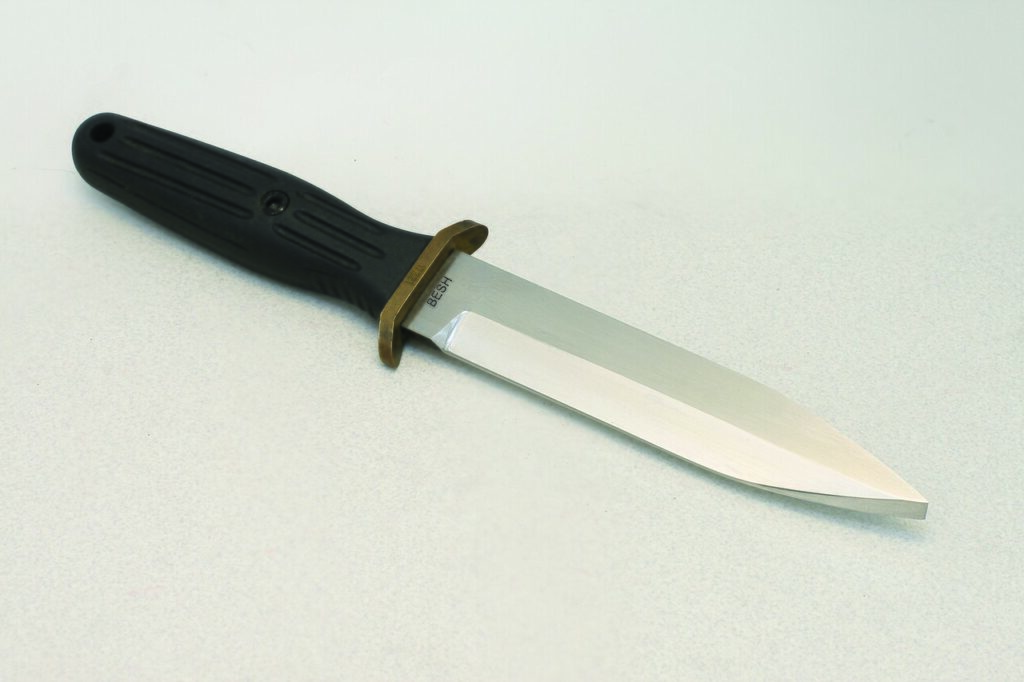
The Applegate-Fairbairn knife was designed in the 1940s by Rex Applegate, a protégé of William Fairbairn. Built for close combat, it improved on the design of the Fairbairn-Sykes with a sturdier blade and handle. It was issued to select US military operatives and saw use during World War II. Authentic wartime pieces are rare, often valued between $1,000 and $2,000. Later licensed production versions are still available today.
Its history lies in its connection to the Office of Strategic Services, the precursor to the CIA. This knife became a favored weapon for agents working in secret operations. Applegate himself was instrumental in training soldiers in hand-to-hand combat, and his knife was central to his teaching. Collectors value original examples for their rarity and design improvements. Today it remains one of the most iconic daggers tied to covert missions.
Luftwaffe Gravity Knife
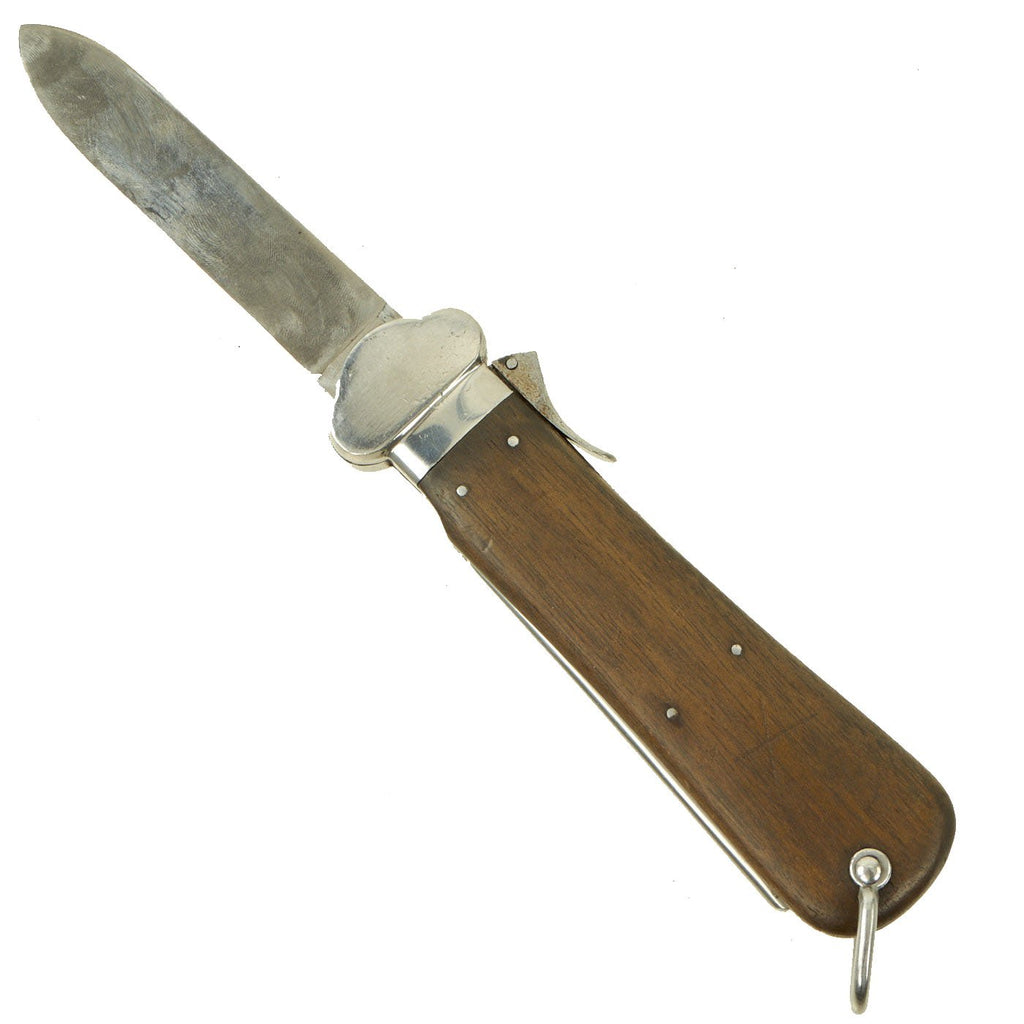
The Luftwaffe Gravity Knife was issued to German paratroopers during World War II. First introduced in 1937, it featured a unique mechanism where the blade could slide open using gravity. Its purpose was primarily for cutting parachute lines in emergencies. Original German-issued knives can range from $800 to $2,000 depending on condition and markings. Postwar reproductions are common but less valuable.
The history of this knife reflects the innovation of German airborne forces. Its practical function meant it was carried in nearly all paratrooper jumps. Many knives were lost or destroyed during the war, making surviving examples rare. Collectors prize versions stamped with Luftwaffe eagle markings. Its design inspired later military knives used by both German and foreign forces.
NR-40 Soviet Combat Knife
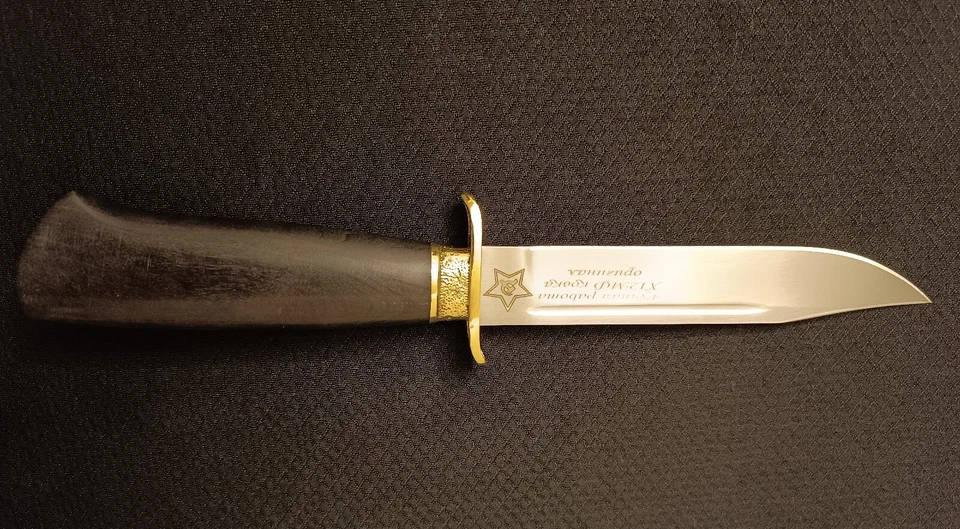
The NR-40 was introduced in 1940 for Soviet troops during World War II. Its design was influenced by criminal underworld knives, which made it effective for close combat. The blade measured about 6 inches and was paired with a wooden handle. Today, authentic wartime NR-40 knives sell for $400 to $900. Reproductions are common in Russia but lack the same collectible value.
The NR-40 gained a reputation during the Eastern Front battles where Soviet soldiers carried it into brutal hand-to-hand fighting. It was heavily associated with NKVD units and special forces. Soldiers who fought with the knife considered it both a practical weapon and a symbol of toughness. Its design carried on into postwar Soviet combat knives. Collectors value it for both its rarity and its distinctive appearance.
V-42 Stiletto
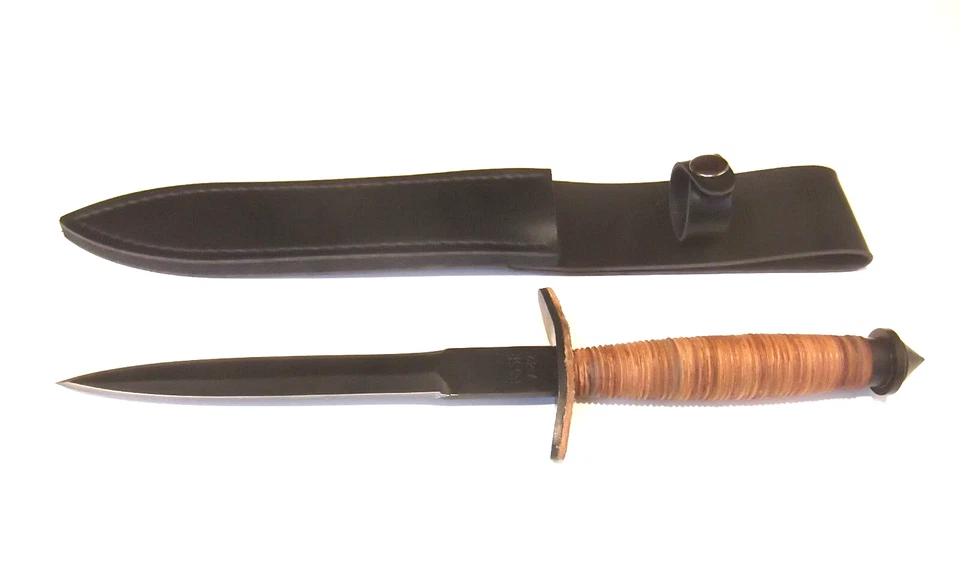
The V-42 Stiletto was created for the First Special Service Force, a joint US-Canadian unit in 1942. It was designed by Lieutenant Colonel Robert T. Frederick and featured a long, narrow blade suited for stealth attacks. Only a limited number were produced, making it highly collectible today. Surviving originals often sell for $3,000 to $6,000 due to their rarity. Reproductions exist but hold much lower value.
Its history is tied to daring missions carried out by the First Special Service Force in Europe. The knife became a unit symbol, even appearing on their insignia. Veterans praised its effectiveness in close combat. Few examples remain today, adding to its desirability among collectors. This knife is regarded as one of the most specialized and iconic military blades of World War II.
M9 Bayonet
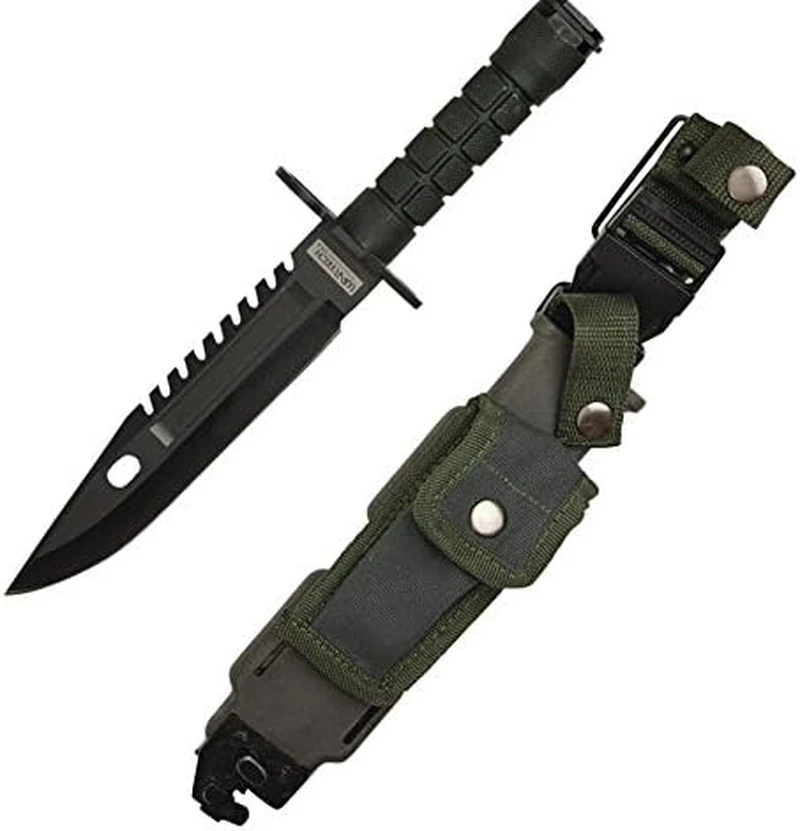
The M9 Bayonet was first introduced in 1984 for the US Army. It features a 7-inch blade and doubles as a multi-purpose survival tool with wire-cutting capabilities. Produced by companies like Buck and Phrobis, it was widely issued during the late Cold War and Gulf War. Market prices for authentic military-issued M9s range from $150 to $400. Commercial versions remain in production for civilian collectors.
Its history is tied to modern warfare, where soldiers valued its ability to function as both a weapon and a survival tool. The wire-cutting feature proved useful in field conditions. Gulf War veterans often recall carrying the M9 as part of their standard gear. Collectors appreciate early-production models with official military contracts. It remains a respected bayonet still in use in some units today.
Glock Feldmesser 78
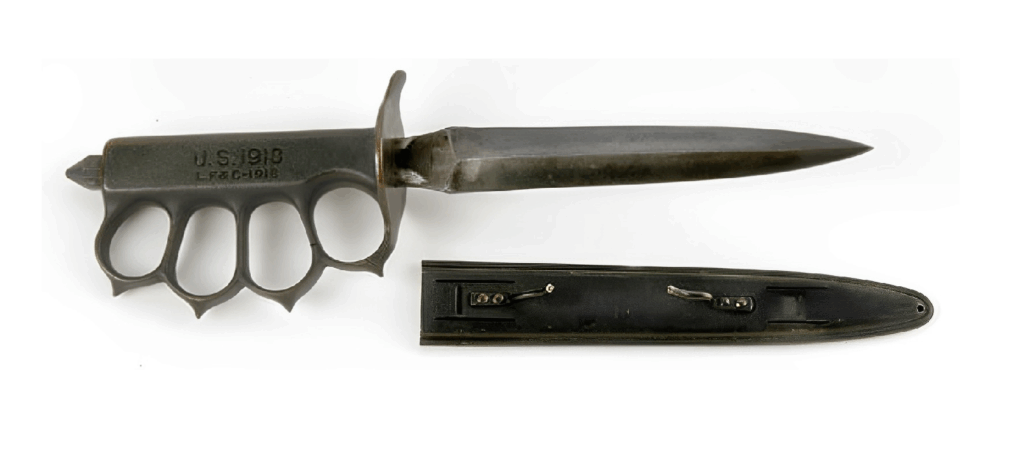
The Glock Feldmesser 78 was introduced by Austria in 1978 as a field knife for soldiers. It featured a simple 6.5-inch blade with a polymer handle and sheath. The design focused on durability and practicality for military fieldwork. Today, these knives sell for $50 to $150 depending on markings and issue. Many armies continue to issue updated versions of the design.
Its history is connected to Austrian forces and later adopted by NATO allies. Soldiers valued it for being lightweight yet reliable in field conditions. Unlike ceremonial knives, this was a true utility blade meant for daily use. Collectors often search for original military-issued versions rather than civilian models. It remains an affordable entry into collecting military knives.
OSS Stiletto
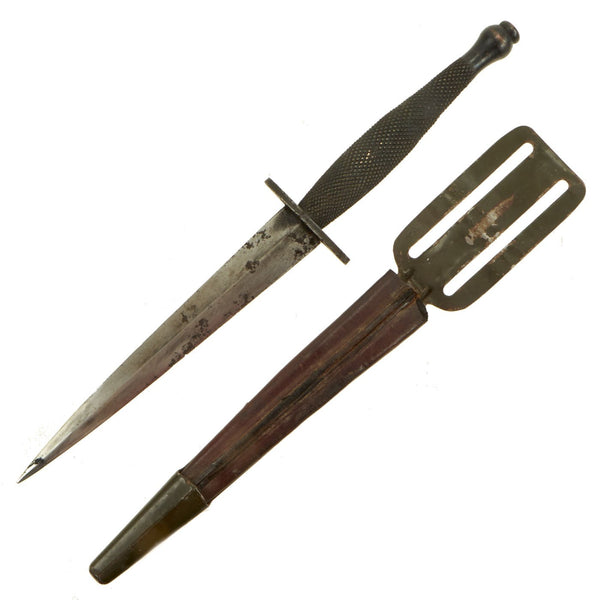
The OSS Stiletto was designed during World War II for the Office of Strategic Services. Produced by Landers, Frary and Clark, it was modeled after the Fairbairn-Sykes dagger but optimized for American needs. It was primarily issued to operatives working in sabotage and espionage. Authentic examples are rare and valued between $1,500 and $3,000. Reproductions were made for training but are worth much less.
The knife is remembered for its role in secret missions behind enemy lines. OSS agents relied on it for stealth, concealment, and silent takedowns. The narrow blade made it effective in close combat situations. Veterans considered it a critical part of their survival gear. Today, collectors prize it as a symbol of America’s early intelligence operations.
US Model 1918 Mark I Trench Knife
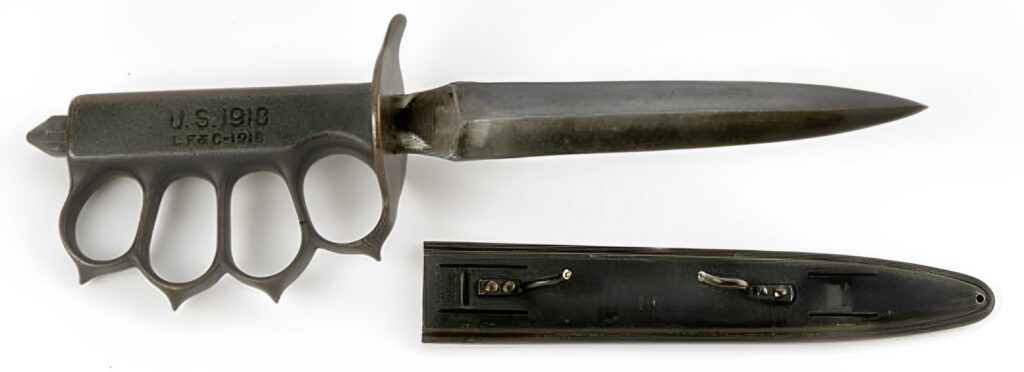
The Model 1918 Mark I was introduced at the end of World War I for American troops. It featured a double-edged blade and brass knuckle handle, making it deadly in trench combat. The knife was produced in limited numbers but remained in use into World War II. Today, original examples often sell for $800 to $1,500. The brass handle design makes it one of the most distinctive knives in military history.
Its history reflects the brutal conditions of trench warfare. Soldiers valued the combination of punching power and stabbing ability. Many knives were brought home as souvenirs, further spreading their fame. Collectors often look for intact scabbards and original markings. The knife’s unique design has made it a legendary collectible for military enthusiasts.
Swiss Army Model 1957 Bayonet
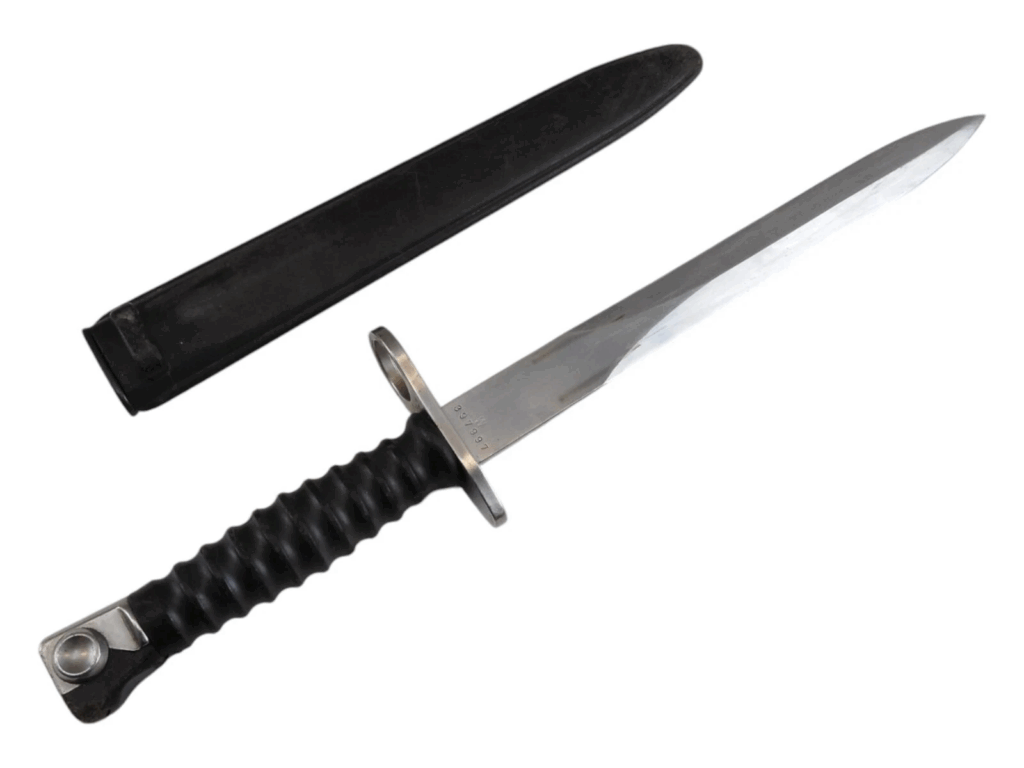
The Swiss Model 1957 bayonet was issued with the Stgw 57 rifle. Introduced in the mid-20th century, it has a sleek blade with a ribbed plastic handle. The knife is highly durable and well-made, reflecting Swiss military standards. Prices range from $100 to $300 depending on condition and issue markings. It remains a popular collectible among European military knife enthusiasts.
Its history is tied to Switzerland’s policy of armed neutrality, where every soldier was issued one. The design allowed it to function as both weapon and tool in the field. Many were kept by soldiers after service, adding to their availability on the collector’s market. Collectors often look for examples with original scabbards. This bayonet remains a strong representation of mid-century European military design.
French Model 1833 Naval Boarding Cutlass
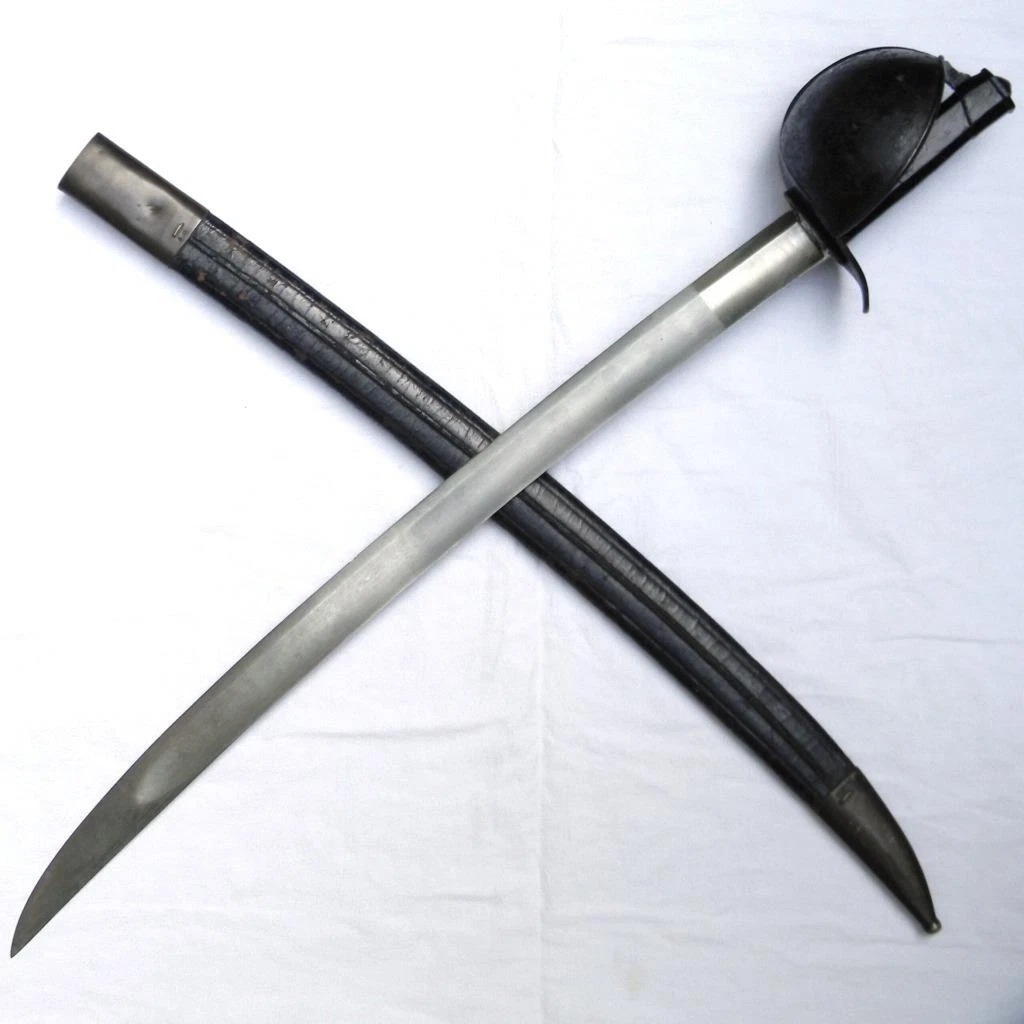
The French Model 1833 was a naval cutlass issued to sailors for close combat on ships. It features a short, broad blade with a brass hilt guard. Produced in the 19th century, it became a standard weapon for French naval crews. Original examples today can sell for $1,000 to $2,500. Many are preserved in museums due to their historic value.
Its history reflects the brutal naval combat of the 1800s. French sailors carried it during boarding actions where close fighting was unavoidable. The weapon was both a knife and short sword, making it versatile. Collectors prize versions with original naval markings. The Model 1833 is seen as one of the most historic naval blades issued in Europe.
This article originally appeared on Avocadu.
